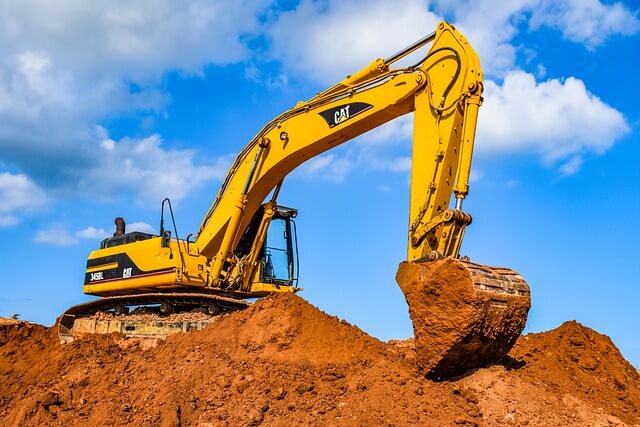For years I didn’t get these verses. And yet when you visualize them, they really are so simple.
In the fifteenth year of the reign of Tiberius Caesar, Pontius Pilate being governor of Judea, and Herod being tetrarch of Galilee, and his brother Philip tetrarch of the region of Ituraea and Trachonitis, and Lysanias tetrarch of Abilene, during the high priesthood of Annas and Caiaphas, the word of God came to John the son of Zechariah in the wilderness. And he went into all the region around the Jordan, proclaiming a baptism of repentance for the forgiveness of sins. As it is written in the book of the words of Isaiah the prophet,
“The voice of one crying in the wilderness:
‘Prepare the way of the Lord,
make his paths straight.
5 Every valley shall be filled,
and every mountain and hill shall be made low,
and the crooked shall become straight,
and the rough places shall become level ways,
6 and all flesh shall see the salvation of God.’”
It’s worth noting that from the opening of these verses, the historicity and the specific details certainly add huge credibility to the narrative. If you notice with a lot of false “holy books,” they leave out this kind of information and detail. But moving on.
Look at the Scripture quote from Isaiah: The valleys shall be filled in, the mountains leveled, crooked paths straight and more. It seems like some prophetic act of rearranging the landscape. But it’s actually much more simple.
Imagine you are a civil engineer and your boss tells you one day, “I need you to make a road. That road needs to be flat like Kansas, straight as an arrow and smooth like butter.”
You agree and say sure, that’s what you do. You build smooth, straight, level roads.
But then your boss takes you to a mountain range. To get flat, smooth and straight, it’s going to take serious work.
If you wanted smooth, you could do what everyone does. You could make roads that were paved that asphalt and curved nicely around the mountains.
But your boss said he wanted flat. And straight. How would one do that?
To make if flat you have to remove the mountains and fill in the valleys. That’s the only way you could achieve the potential of flat. Also this would be necessary in order to make the road straight and not winding. Then you need to pave the road or remove the rocks. Something to make it smooth.
This is exactly the picture here with John the Baptist. His call was to remove mountains, fill in valleys, straighten out the road and make it smooth. The reason was not an actually physical road, but rather a spiritual road. John the Baptist’s mission was to clear out obstacles so that a person can come to Jesus, their Savior.
It’s what a lot of preaching, teaching and discipleship is today. Many have barriers in their minds to the gospels, or lack of understanding, or their path curves all over the places, or they are struggling with the bumps. Our job is to help make the path smooth for people so that they can come to Jesus. It is ultimately their decision, but at least we can clear out the boulders. Much like John the Baptist did.

